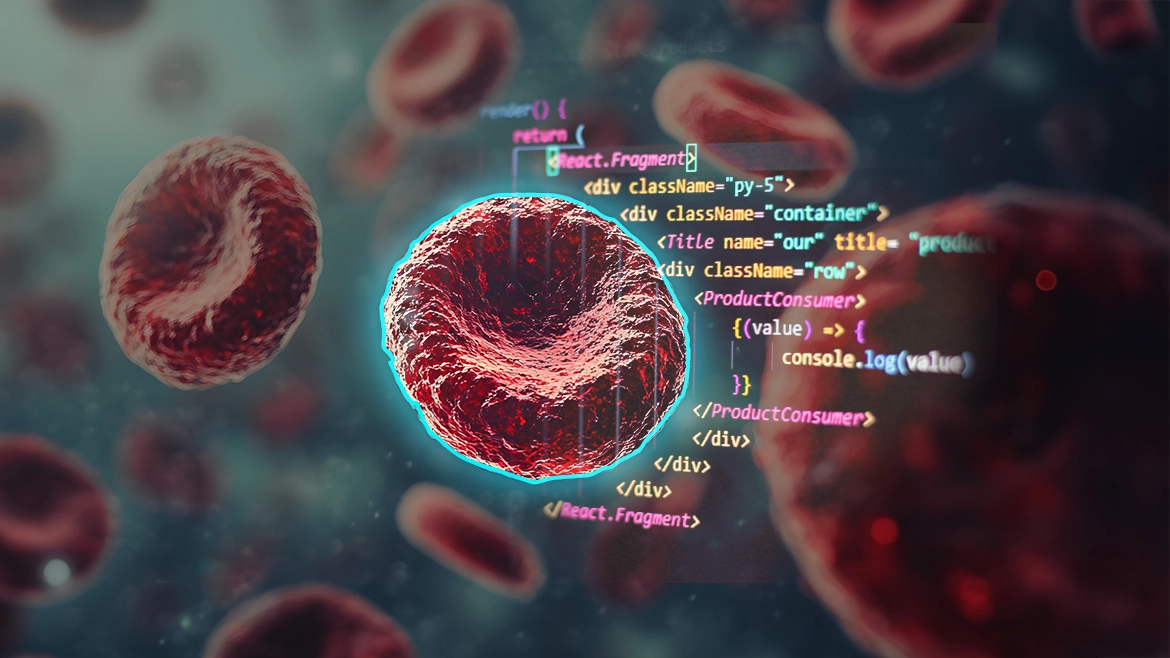What if living cells could be programmed like software? That’s the promise of programmable cells! Engineered to perform specific tasks, adapt to conditions, and produce valuable outputs. Scientists are now designing cells that act as tiny bio-factories, capable of sensing, reacting, and delivering outcomes tailored to human needs.
This innovation is built on synthetic biology, where DNA is edited and assembled to create new functions. Think of it as writing code, but instead of bits and bytes, it’s genes and proteins. The result is living systems that can be fine-tuned to detect diseases, produce medicine inside the body, or even clean up toxins from the environment.
In healthcare, programmable cells are transforming treatment models. Engineered immune cells are already being used in therapies for cancer, where they find and destroy harmful cells with high accuracy. Microbes are being developed to release drugs only when certain conditions in the body are met, making treatments more targeted and reducing side effects.
Beyond medicine, programmable cells are stepping into industries like food, materials, and energy. From brewing dairy-free milk to developing biodegradable plastics, the applications are expanding fast. Startups and labs are exploring ways to replace chemical-heavy processes with cleaner, cell-based alternatives that are sustainable and efficient.
What makes programmable cells so powerful is their flexibility. Once the foundational framework is built, the instructions can be swapped out, like updating an app. This reduces development time and allows for rapid adaptation to different use cases.
Still, it’s not without challenges. Controlling engineered cells in unpredictable real-world environments is complex. There are also ethical and regulatory concerns about modifying living organisms. But the potential is undeniable.
Programmable cells are pushing the boundaries of what biology can do. They’re not just living organisms anymore; they’re becoming customizable tools for innovation. As this space evolves, we’re likely to see a new class of bio-products that are smart, responsive, and designed with purpose.


